#1
Development Company
MappOptimist is a leading AI development company offering advanced artificial intelligence app and software development services. Build intelligent, scalable AI solutions with our expert team in India.
Our Services
We're committed to deliver only exceptional quality work


Top AI-Driven Project Development, Mobile App Development, Website Development, Custom Software Solutions, Blockchain Technology, and IT Consulting Company— Transforming Ideas into Innovative, Future-Ready Solutions.
15+
Years of experience
150+
Projects completed
150+
Globally trusted clients
100%
On Time Delivery
P
Industries We serve with Customized Solutions
In today's digital age, our expert IT team delivers tailored digital solutions to businesses across industries worldwide, ensuring their unique needs are met and driving success in a competitive environment.

30+
AI-Project Developed

50+
Application Developed

70+
Website Developed

60+
Developers

20+
IoT & Embedded
MappOptimist Technologies: Driving Global Business Innovation with AI-Powered custom Solutions
At MappOptimist Technologies, we specialize in delivering comprehensive IT solutions, including AI-driven projects, AI-powered software, AI-powered applications, website development, e-commerce website development, custom WordPress development, blockchain development, cybersecurity solutions, digital marketing solutions, and IT staff augmentation services. We adhere to industry-specific standards, combining them with our technical expertise, development proficiency, and comprehensive research to effectively address your business challenges.
Hire Top Developers to Bring Your Vision to Reality
At MappOptimist Technologies, we don't just build products—we empower businesses with the right talent. Access a pool of skilled professionals in AI/ML, Website Development, Mobile Apps, Blockchain, Cyber Security, and Digital Marketing. Our passionate developers bring innovation, technical expertise, and business understanding to help you stay ahead of the competition.

Startup
Limited budget and resources? No problem! MappOptimist helps startups turn innovative ideas into real-world solutions with cost-effective tech support in AI, app development, and cloud computing.
Small Businesses
Build a strong brand identity with our custom development solutions. We combine expertise in website design, e-commerce, and digital tools to help small businesses grow and thrive.
Enterprise Level Businesses
Streamline operations and expand your reach with our enterprise-grade solutions. From IoT and machine learning to big data, we deliver innovative technologies to drive your business forward.
Agency level
Boost your agency’s offerings with our cutting-edge expertise. We provide custom apps, web platforms, and AI-driven solutions to help you deliver top-notch results for your clients.






What clients say about us?
Our blogs
Read about real-world success stories and insights on leveraging AI, cloud computing, and digital strategies to drive business growth.
Let's Create Big Stories Together!
Share your project details to build your path toward success.















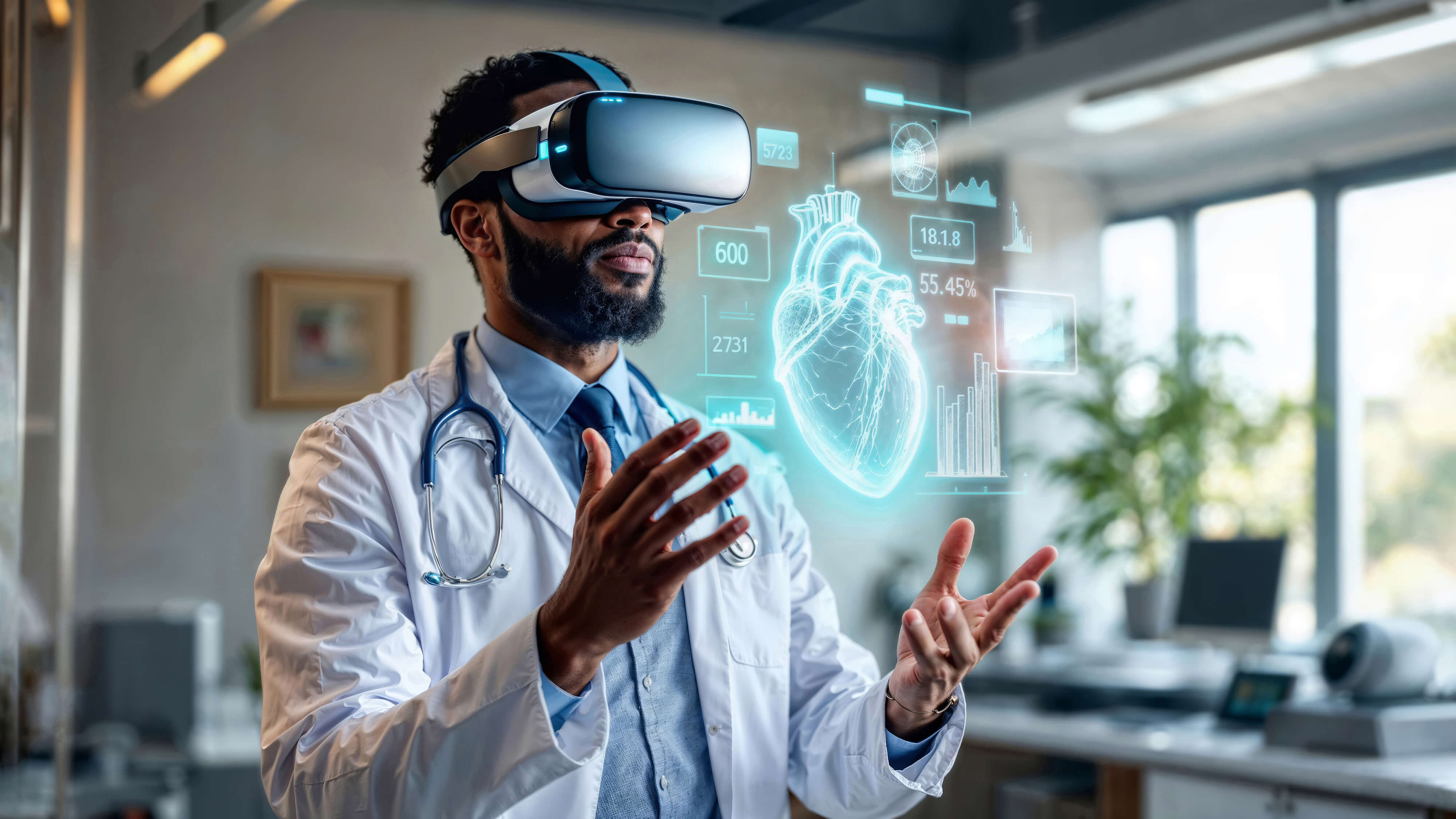
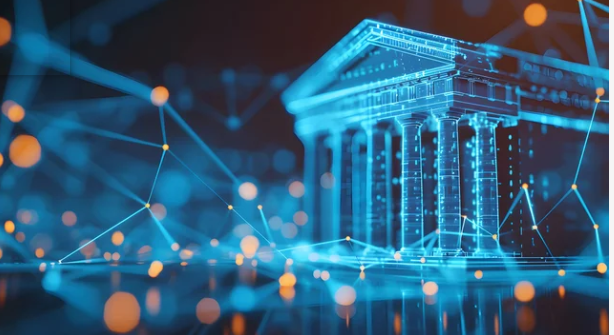
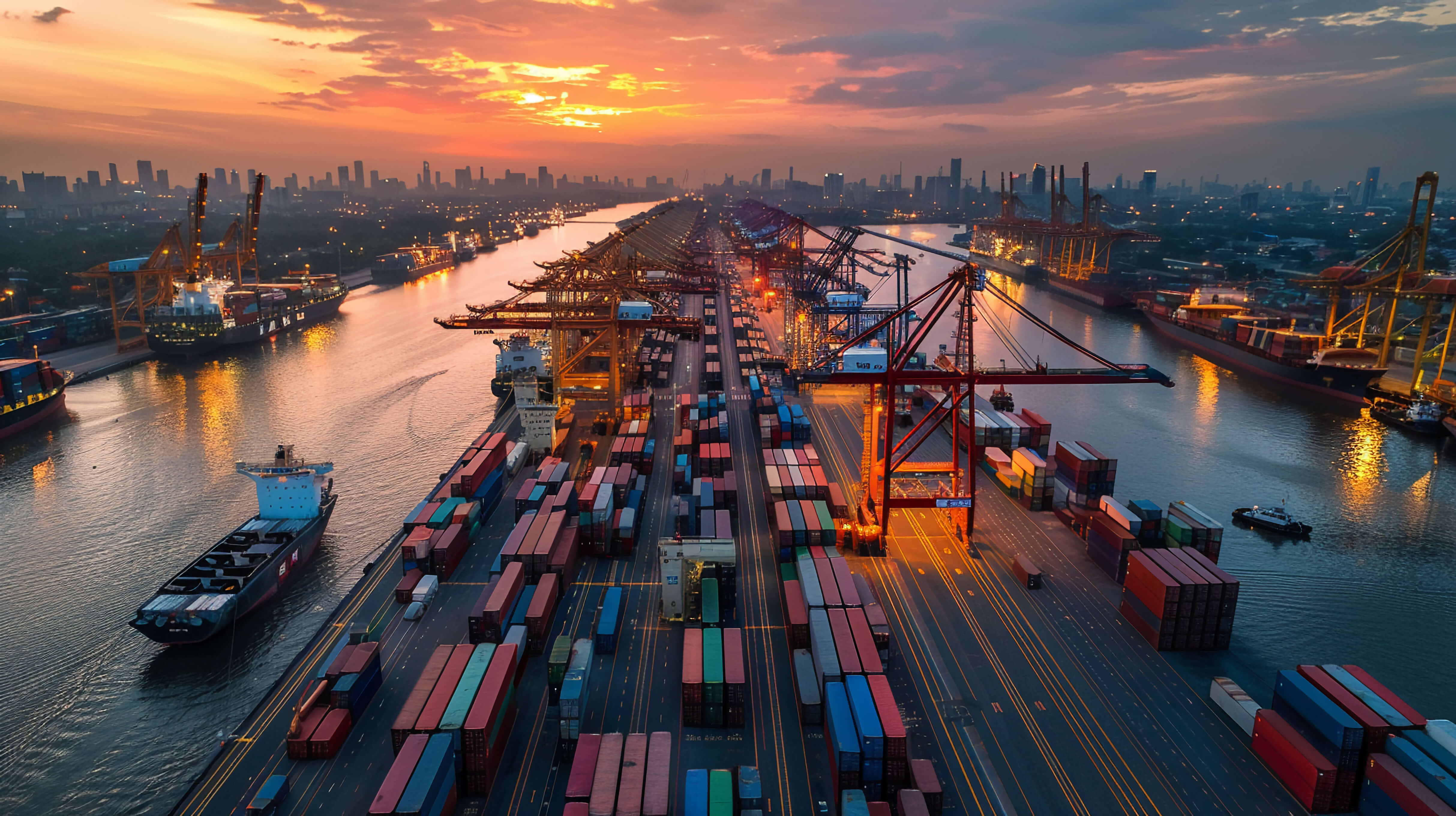

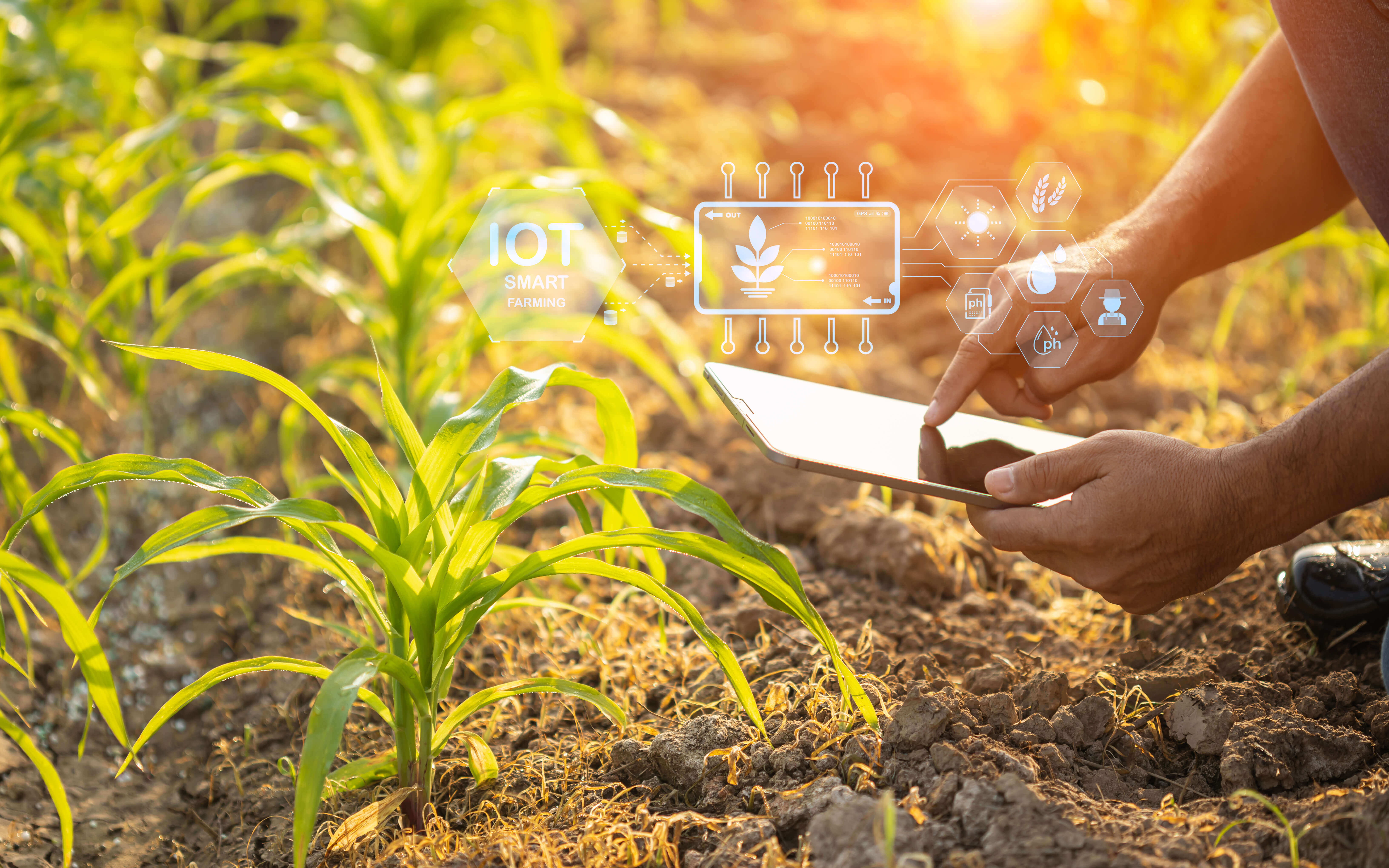


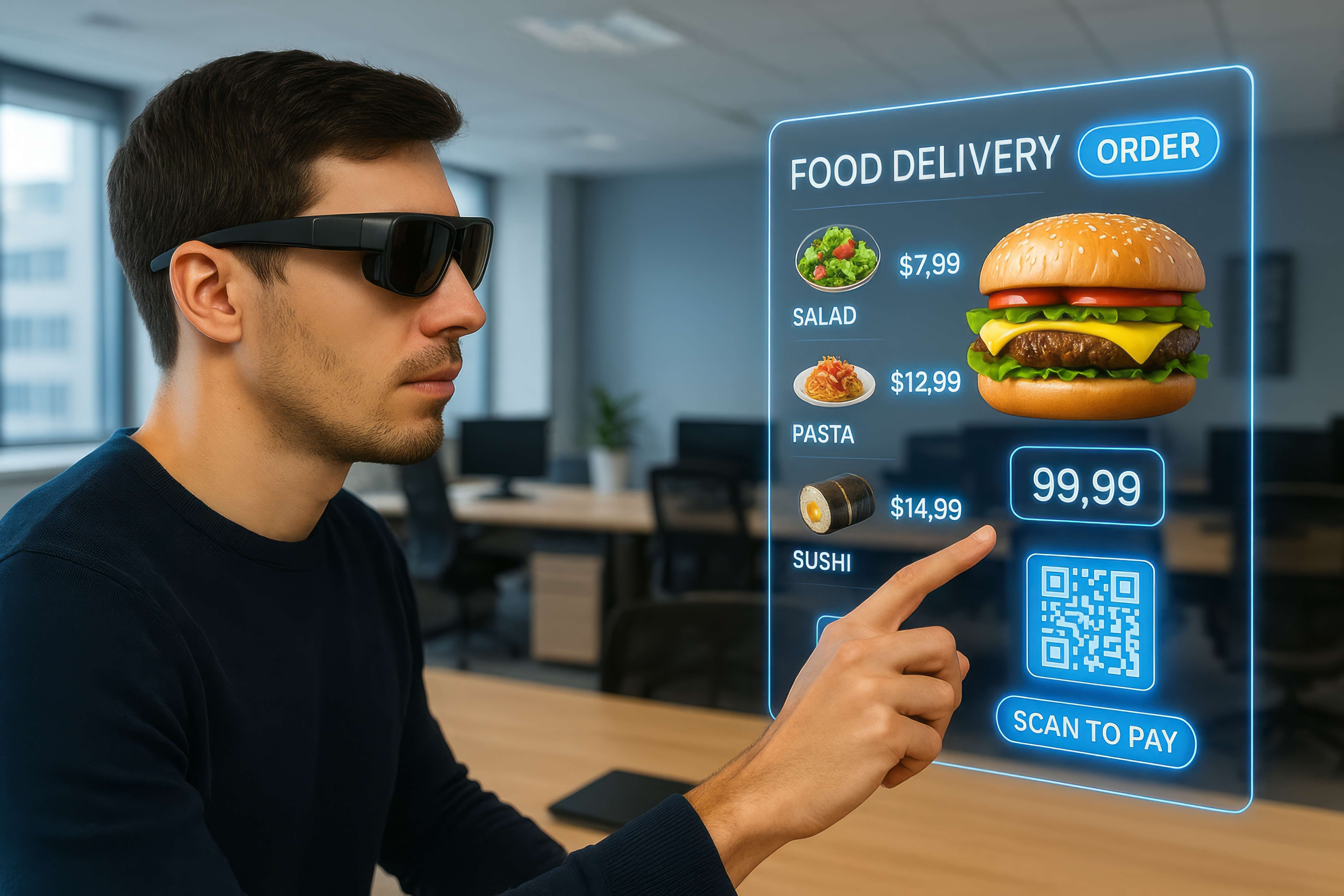
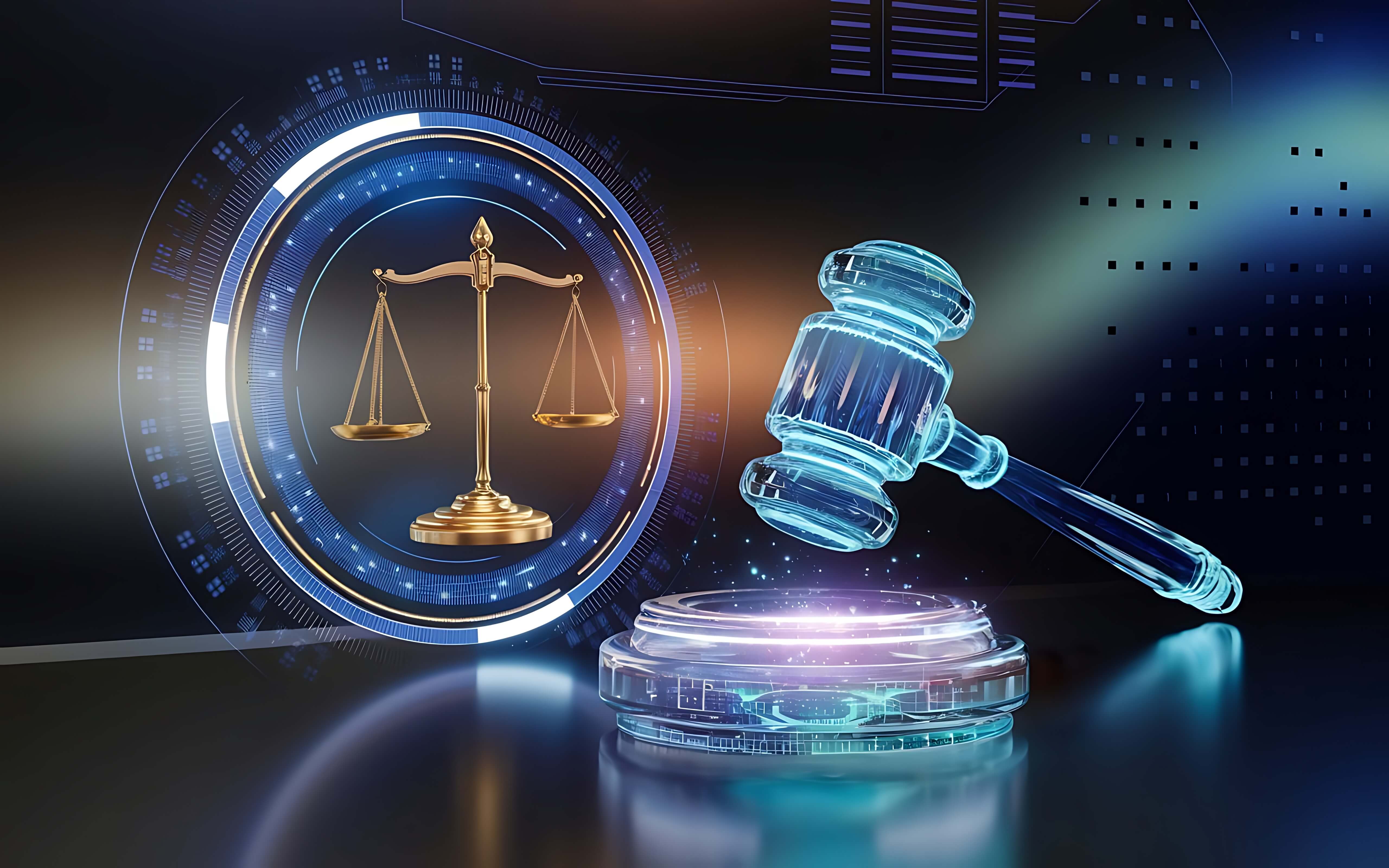

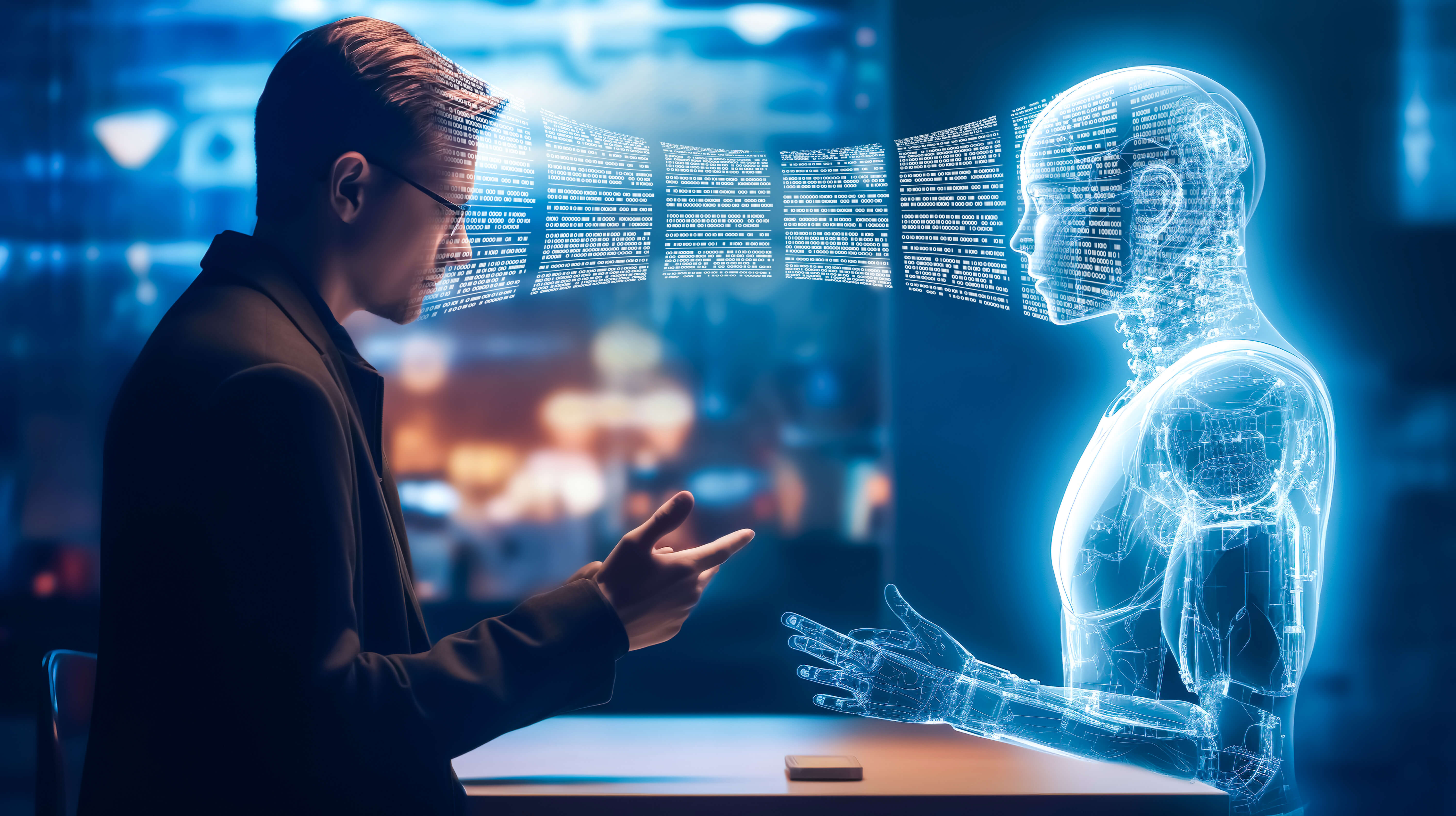

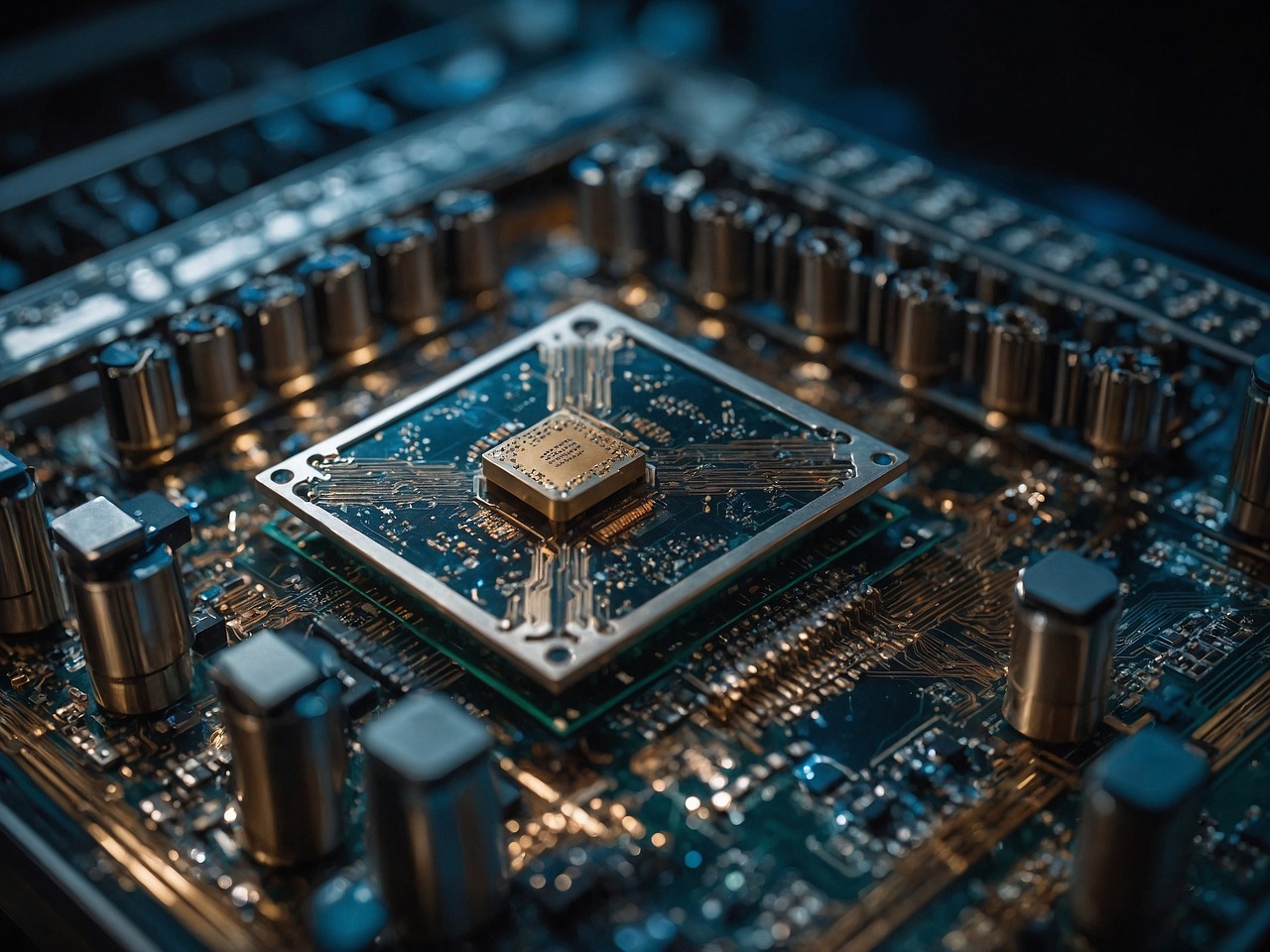



Anna Thompson
The AI model they developed improved our operations significantly. Our website redesign was seamless and helped increase conversions. From design to deployment, they were always on top of things.